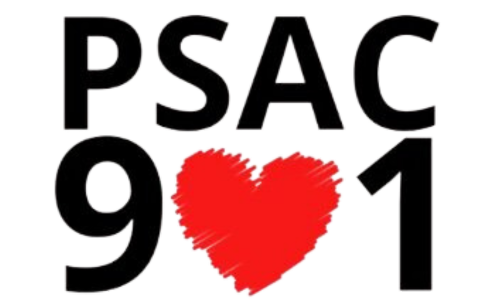What’s the collective agreement (CA)?
The CA establishes the relationship between Queen’s, the Employer, and its employees who are represented by the agreement (PSAC 901 members in Unit 1: Teaching Assistants, Research Assistants, and Teaching Fellows). It’s the fine print of the contracts (TAF, RAF, or TFFs) we sign to do our work in these roles – i.e. the terms and conditions of our employment. TAF/RAF/TFFs specify duties of employment, while the CA specifies the protections and agreed upon working conditions. To read the CA, visit psac901.org/unit-1-collective-agreement
What’s collective bargaining?
The process when PSAC 901, the union representing Unit 1 members, negotiates the Collective Agreement with Queen’s, the Employer. PSAC 901 delegates bargain with representatives from the Employer on behalf of all members in the unit.
Why do we have power when we act as a collective?
An individual cannot take on the weight of the university, which is a massive corporation that has a practically endless supply of resources dedicated towards protecting its own interests, which are not the interests of graduate student employees. When we are united as a collective, and engage in collective bargaining, the Employer has to come to the table and answer to all of us – together, we have a lot more collective power than when we are divided. Without us, Queen’s wouldn’t work. There are more than 2,000 PSAC 901 members who make Queen’s teaching and research missions possible by providing essential course delivery, support, and groundbreaking research.
